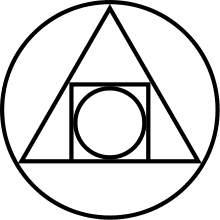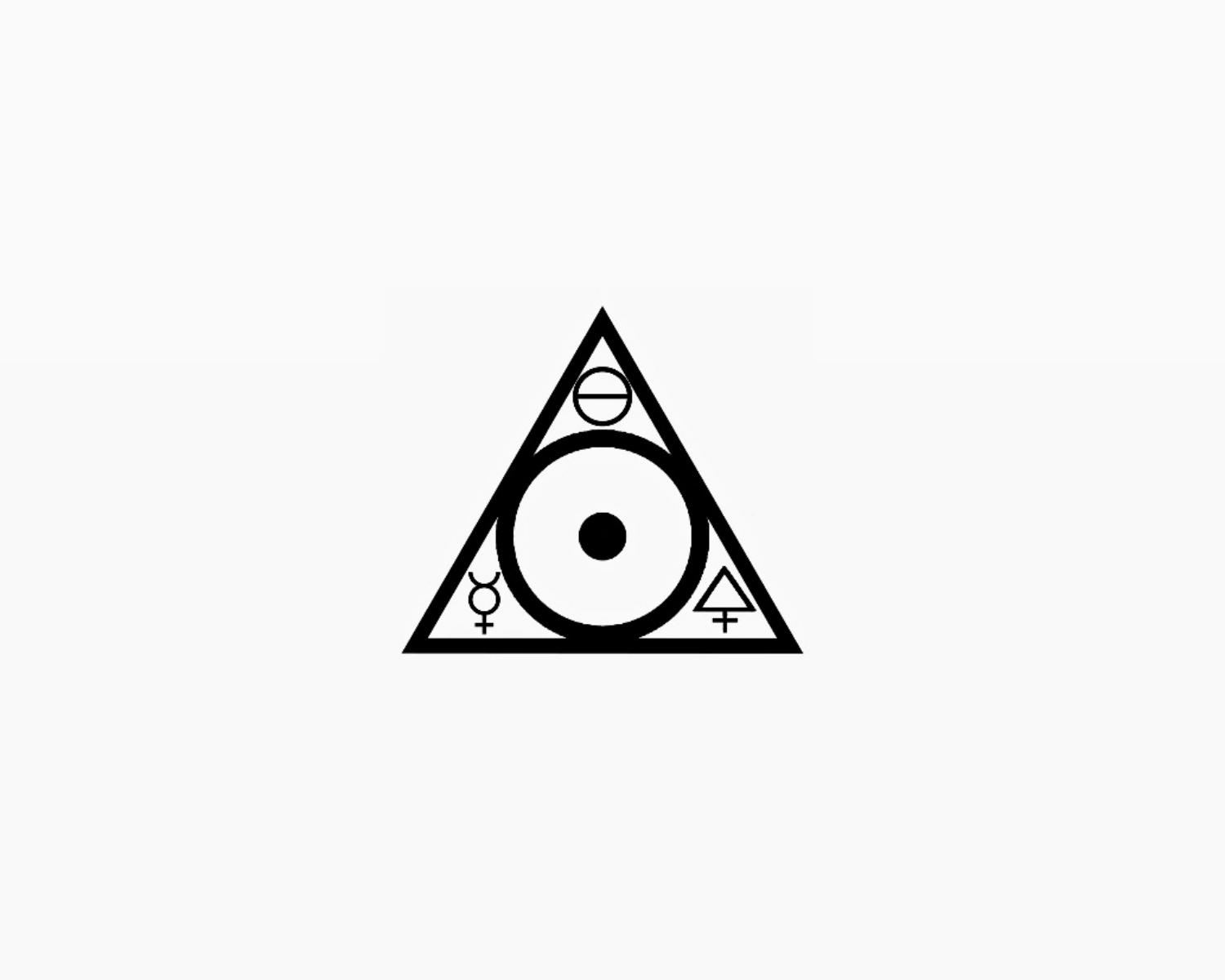Alchemy Symbols and Their Meanings
Curated from: blog.prepscholar.com
Ideas, facts & insights covering these topics:
10 ideas
·1.27K reads
16
Explore the World's Best Ideas
Join today and uncover 100+ curated journeys from 50+ topics. Unlock access to our mobile app with extensive features.
What is Alchemy?
Alchemy is an area of study, sometimes described as a science, sometimes described as a branch of philosophy, that was practiced in Europe, Asia, and Africa. Alchemy originated in the early centuries AD, primarily in Egypt, Greece, and Rome, but eventually spread as far as India, China, and England by the 12th century.
27
183 reads
How Have Alchemy Symbols Been Used?
Since the beginning of alchemy, alchemists have used symbols to represent different elements. Alchemy symbols sometimes contain hints of the qualities the element was thought to have, as well as the history of the element. Using symbols helped alchemists keep their work secret from non-alchemists who wouldn’t recognize the symbols.
Because early alchemy also drew much of its information from astrology, many alchemy element symbols are connected to planets or other celestial bodies. Alchemy symbols continued to be used until the 18th century, becoming more standardized as time went on.
27
146 reads
The Three Primes
The three primes, also known as the tria prima, were named by Paracelsus, a Swiss philosopher, in the 16th century. He believed the tria prima contained all the poisons that caused disease, and that by studying them, alchemists could learn how to cure disease. He also believed the tria prima defined humans, and he assigned each of the elements to a different part of the human identity.
30
167 reads
Mercury
Mercury (which is also one of the seven planetary metals) can mean both the element and the planet. In either case, this alchemy symbol represents the mind, as well as a state that could transcend death. In ancient times, mercury was known as quicksilver, and it was believed to be able to shift between liquid and solid states. Therefore, in alchemy, mercury was believed to shift between life and death.
27
107 reads
Salt
Salt is now known to be a chemical compound comprised of sodium and chloride, but alchemists believed it was a single element. Salt represents the body, as well as physical matter in general, crystallization, and condensation.
Salt is often impure when first collected, but through chemical processes it can be dissolved and purified, which some alchemists compared to purification processes the human body can undergo. Its symbol is a circle bisected by a horizontal line.
26
100 reads
Sulfur
Sulfur represents properties such as dryness, heat, and masculinity. In alchemy, it could also represent evaporation, expansion, and dissolution. In terms of human body, it represented the soul. In terms of the tria prima, sulfur was seen as the middling element connecting salt (high) and mercury (low).
Sulfur’s symbol is typically a triangle atop a Greek cross (seen above), but it can also be represented by a Cross of Loraine atop an ouroboros/infinity symbol. This symbol has come to be known as Satan’s Cross and is sometimes used as a satanic symbol.
26
118 reads
IDEAS CURATED BY
Sara Tarakci's ideas are part of this journey:
Learn more about psychology with this collection
Basic survival skills
How to prioritize needs in survival situations
How to adapt to extreme situations
Related collections
Similar ideas
6 ideas
The Art and (Proto)Science of Alchemy
thoughtco.com
4 ideas
Why Mathematics Is a Language
thoughtco.com
9 ideas
How 8 Colors Got Their Symbolic Meanings
livescience.com
Read & Learn
20x Faster
without
deepstash
with
deepstash
with
deepstash
Personalized microlearning
—
100+ Learning Journeys
—
Access to 200,000+ ideas
—
Access to the mobile app
—
Unlimited idea saving
—
—
Unlimited history
—
—
Unlimited listening to ideas
—
—
Downloading & offline access
—
—
Supercharge your mind with one idea per day
Enter your email and spend 1 minute every day to learn something new.
I agree to receive email updates





